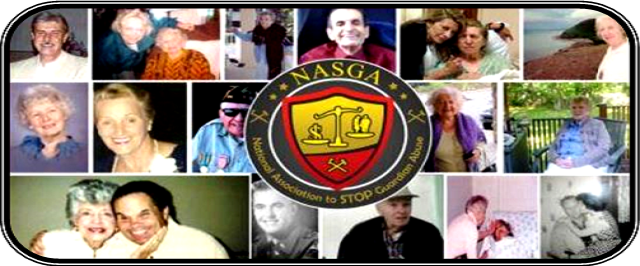In Blue Island, Illinois, Tami Neumann is committed to a dementia friendly city—and dreams of taking the transformations further.
Most cities have limited financial resources for such an endeavor, but the fact remains: "More and more people will have to age in community," says Neumann, Chief Operations Officer at the Silver Dawn Training Institute. According to the Alzheimer's Association's 2016 Facts & Figures report, approximately 58 percent of older adults with Alzheimer's and other dementias live in the community. Of that number, 75 percent live with someone else; the remaining 25 percent live alone.
Creating sweeping change in communities may be difficult, but it's not impossible—and Neumann believes the "simple things" often make the biggest difference. And how do you build a sustainable dementia friendly community? By training others to carry that mission forward, which is at the heart of Neumann's work with partner Catherine Braxton, the Chief Education Officer at Silver Dawn.
Let's explore these elements of building a dementia friendly community.
- Buildings. Design is critical, and there's a quick way to determine whether a building is dementia friendly. "If I'm lost in your building, that's the easiest litmus test," says Neumann. Buildings should also provide an entrance that doesn't include steps, because many individuals with dementia have a combination of depth perception, mobility, and balance issues.
- Restaurants: "How do you take Mom out to eat without calamity?" Neumann asks. Training for restaurant staff would be tremendously helpful, but caregivers can take control by planning ahead. Use an app like OpenTable, Yelp, or Urbanspoon to make a reservation; a long wait can frustrate a person with dementia, or cause anxiety. Choose a restaurant that isn't crowded, busy, or loud—overstimulation can trigger feelings of anxiety, fear, or frustration too. Call in advance for specials or menu options, or pull up the menu on your phone or tablet. Discuss selections—perhaps even place your order—before you arrive. Besides the overwhelming process of choosing items from a large menu that may be difficult to read or interpret, it eliminates the need for communicating with the server, which can be incredibly stressful for the person with dementia who struggles with speech and language.
- Businesses:The Purple Angel logo is
quickly becoming a (global) sign of dementia friendliness, displayed in
the window of gyms, grocery stores, and other community hot spots to
indicate its employees are sensitive to the needs of patrons with
dementia and prepared to assist in any way necessary.

- Schools: Neumann dreams of training children in schools to communicate better with grandparents or parents. Tools that work intergenerationally are ideal, says Neumann, and equipping the whole family to care for a person with dementia takes the burden off the primary caregiver.
- First responders: When a person with dementia wanders and is found by a first responder, what happens next? Training for police officers and first responders is critical, because their ability to assess the person with dementia accurately may mean the difference between transporting the individual to a safe place (like a hospital) or getting them to the primary caregiver's place of employment, rather than returning them to the home the individual has wandered from already.
What can I do to build a dementia friendly community?
As Neumann says, everyone can contribute to "creating a community that can help." Here are a few ways to start.
First, be aware of people in your neighborhood and in the places you frequent who are living with Alzheimer's or caring for someone with dementia. If they live nearby, get to know them, and keep an eye out for unusual, concerning circumstances—for example, smoke coming from inside, which could indicate something was left on the stovetop, or a pet loose in the yard, which could indicate the person with dementia left a door open and perhaps even wandered from the home. Bring them a meal. Help them load groceries into their car. Guide them if they seem unable to find their destination.
Point them to online and community resources like support groups, caregiver podcasts, the Alzheimer's Association, or your local Area Agency on Aging.
Talk to your children and grandchildren about dementia. Encourage them to support classmates or friends who may be witnessing a dementia decline in their own home or family. Foster a brain-healthy lifestyle in your home, by exercising, doing crosswords, or enjoying brain-boosting foods together. (Check out this article for more advice on talking to your kids about caregiving.)
Use your influence to inspire change. Know someone who works for your city's Chamber of Commerce? Have connections to the local police department? Are you active in your school district's PTO or a member of the board? Talk to them about dementia friendliness; encourage them to provide training to key personnel.
Read more on our blog: What's Happening in Alzheimer's Policy and Why It Matters.
Full Article & Source:
Building Dementia Friendly Communities


2 comments:
Great idea! The senior population is growing accommodations to meet their needs adds to their quality of life. We're next so I'm hoping all of this is in place for the Boomer generation when it's our turn to enter our golden years.
This is so important to our future as a society!
Post a Comment